Why do we celebrate Mother’s Day on the second Sunday of May?
We celebrate Mother’s Day on the second Sunday of May largely because of the efforts of Anna Jarvis, an American social activist who campaigned to establish a day to honour mothers. Here's the history behind it:
Origin:
- After her mother's death in 1905, Anna Jarvis wanted to honour the sacrifices mothers make for their children.
- She organised the first official Mother’s Day celebration in 1908 at a church in Grafton, West Virginia.
- She chose the second Sunday in May because it was close to her mother's death anniversary and had personal significance.
Mother’s Day gift ideas :
- · A handwritten letter or poem
- · A customised photo frame or family collage
- · A keepsake necklace with initials or birthstones
- · A personalised mug or cushion with a sweet message.
- More Than a Gift
- On Mother's Day, flowers may fade, and gifts may be set aside,
But what truly stays in a mother’s heart
Is the warmth of being valued, the comfort of being heard,
And the simple, quiet power of being respected and loved.
- She doesn’t ask for riches.
She asks for your time, your kind words,
And the reassurance that all she gave
Still lives in the way you treat her — and others.
- For a mother, the greatest gift
Is knowing she raised a good heart.
Care, respect, gratitude — that is love in its truest form.
National Recognition:
- The idea gained popularity across the U.S.
- In 1914, President Woodrow Wilson signed a proclamation declaring the second Sunday in May as a national holiday in the United States to honour mothers.
Since then, many other countries have adopted the same date, though some celebrate Mother's Day on different days due to cultural or historical reasons.
MOTHER'S DAY POEM
A mother’s love, so pure and true,
A light that always guides us through.
In every smile, in every tear,
Her presence lingers, ever near.
She holds our hands, she knows our hearts,
She builds us up when we fall apart.
Her whispered words, her gentle grace,
Bring calm and hope to life’s fast pace.
No gift, no word, could quite convey,
The love we feel this Mother’s Day.
But still we try, with all our might,
To thank her for her endless light.
So here’s to moms, both near and far,
Our guiding north, our shining star.
For all you are and all you do,
With all our hearts, we honour you.
Mother's Day 2025 will be celebrated on Sunday, May 11th, in many countries, including the United States, Canada, Australia, and most European nations. It's observed annually on the second Sunday of May.
About Mother's Day:
Mother's Day is a celebration honouring mothers, motherhood, and the influence of mothers in society. It’s a time to express love, gratitude, and appreciation for the sacrifices and care that mothers provide.
You're absolutely right — Mother's Day is not just a date on the calendar. It's a lifelong feeling, a deep expression of gratitude, love, and respect that should live in our hearts daily.
Mother’s Day — Not Just a Day
Mother’s Day is not just one fleeting Sunday.
It lives in every heartbeat, every prayer,
In the way we smile because she taught us how,
In every quiet moment when we miss her care.
It's in the meals we cook the way she did,
In lessons whispered through the years,
In silent strength and selfless love —
In laughter, comfort, and even tears.
For as long as we live, we carry her within —
A presence felt, a voice inside,
So Mother's Day is not one day we keep,
But a sacred bond, lifelong .
civilizations:
- Ancient Greeks and Romans held festivals honouring mother goddesses like Rhea and Cybele.
- In early Christianity, “Mothering Sunday” was a day for people to return to their “mother church.”
The modern Mother's Day began in the United States:
- Founded by Anna Jarvis in 1908, who wanted to honour her mother, Ann Reeves Jarvis, a peace activist and caregiver.
- It became an official U.S. holiday in 1914, when President Woodrow Wilson proclaimed the second Sunday in May as Mother’s Day.
Ironically, Anna Jarvis later criticised the commercialisation of the holiday and spent much of her life trying to restore its original spirit.
When we speak of “Mother,” we often think of the woman who gave us life, nurtured us, and taught us how to live with love. But there is another mother who cradles us all—Mother Earth, the great life-giver, who sustains every living being with her air, water, soil, and shelter.
On Mother’s Day, while we honour our biological mothers, we must also take a moment to reflect on the mother we all share—our planet. She has given us everything we need to survive: the food we eat, the water we drink, the air we breathe, and the ground beneath our feet. Like any mother, she asks for little in return—only respect, care, and balance. And just like any mother, when neglected, her strength begins to wane.
Over the years, human activity has harmed Mother Earth through deforestation, pollution, climate change, and the excessive exploitation of natural resources. These actions are like ignoring a mother’s well-being while continuing to rely on her love and support. Now is the time to give back.
Celebrating Mother Earth on Mother’s Day is not about grand gestures. It’s about making small, meaningful changes that show respect and responsibility. Planting a tree, reducing waste, avoiding plastic, saving water, walking instead of driving—all of these are ways to say “thank you” to the Earth. Just as we would listen when our mother says she’s tired, we must listen when the Earth shows signs of distress—melting glaciers, rising temperatures, vanishing species.
We must also teach our children to honour Mother Earth—not just once a year, but every day. In doing so, we pass on the values of gratitude, sustainability, and compassion. These are the same values our mothers taught us, now reflected in our relationship with the natural world.
Just as a mother provides without asking, Earth too gives freely—beauty in a sunrise, calm in a forest, joy in a blooming flower. Yet her gifts are not endless. If we do not protect her, we risk losing not only her bounty but also our own future.
This Mother’s Day 2025, let us expand the circle of our gratitude. Let us include the Earth in our prayers, in our celebrations, and in our commitments. Let us promise to walk gently, to consume mindfully, and to live in harmony with the planet that has held us from the beginning.
In honouring Mother Earth, we do not take away from our human mothers—we deepen the meaning of motherhood itself. For what is a mother, if not the one who gives life, shelters it, and asks only for love in return?
Let’s not wait for the Earth to cry out. Let’s answer her now, with care, with action, and with love.
The Love of Indian Forces for Mother Earth
Mother Earth, with her vast landscapes and diverse ecosystems, has been the lifeblood of all nations, including India. She has given us the fertile plains of the Ganges, the mighty Himalayas, the peaceful coasts, and the rich forests—her bounty is unparalleled. But as much as she provides, she also requires protection from harm, especially as we face growing environmental challenges and global uncertainties.
In India, this protection often comes from the brave men and women of the armed forces—the true guardians of our land and its natural treasures. The Indian forces’ commitment to defending the nation is not just limited to borders; it extends to the preservation of the very Earth we call home.


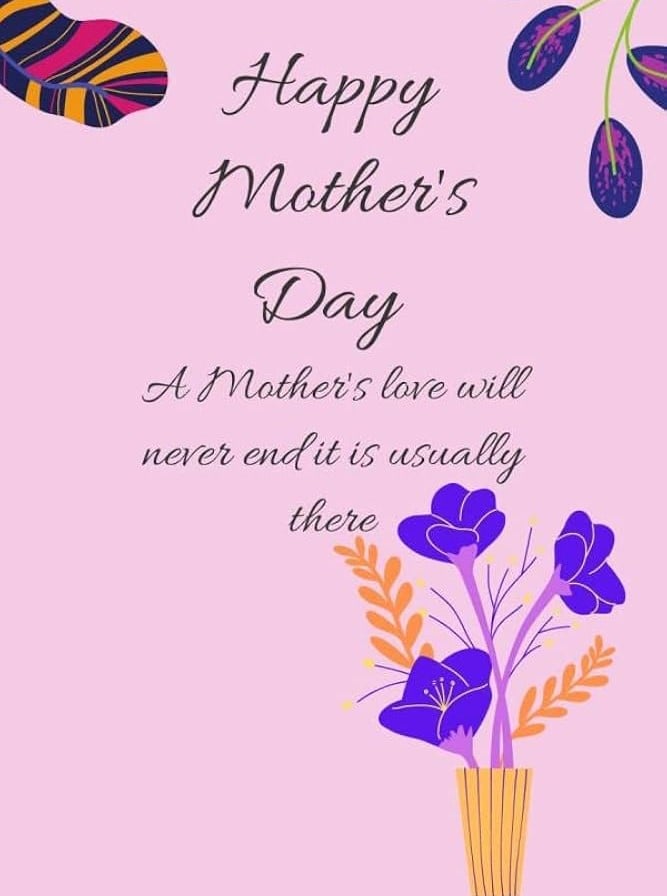
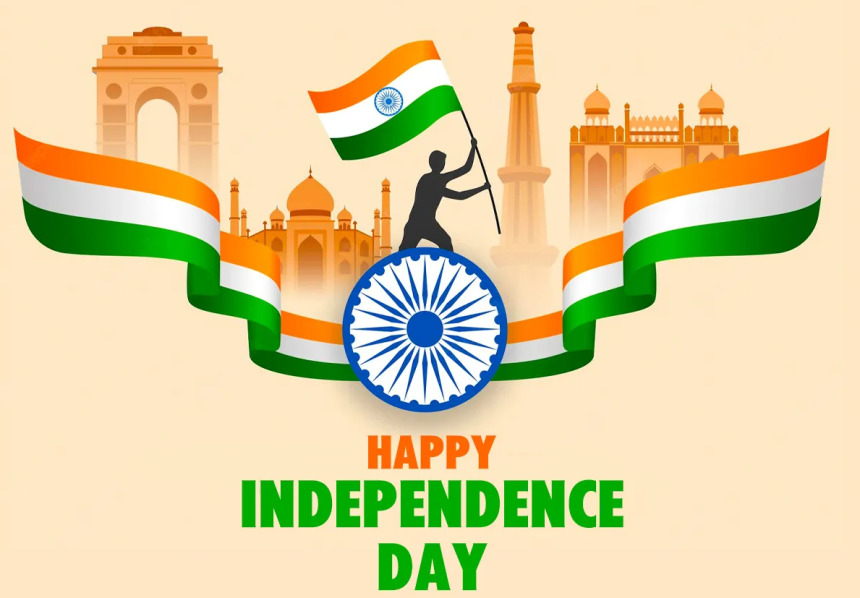

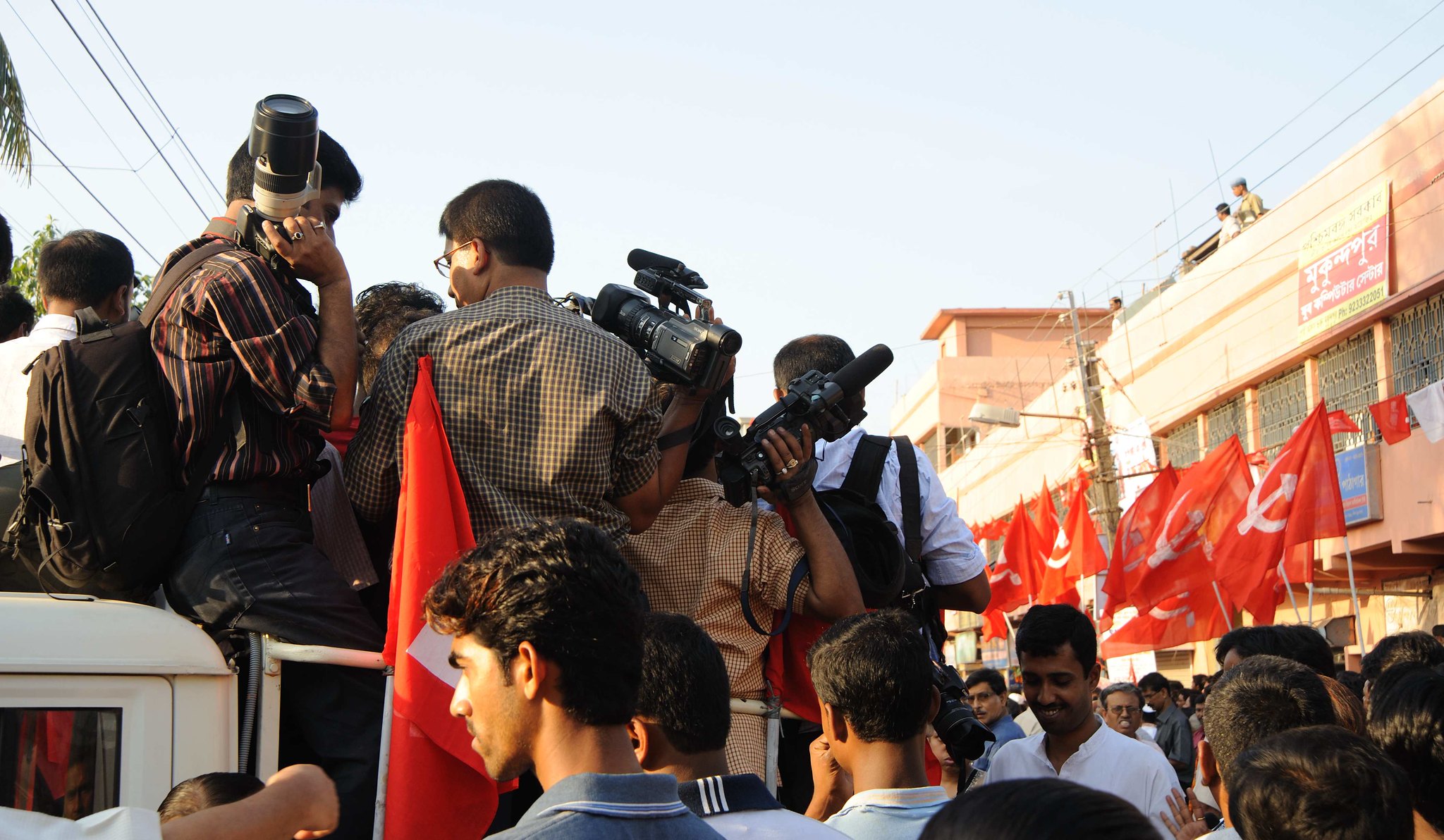
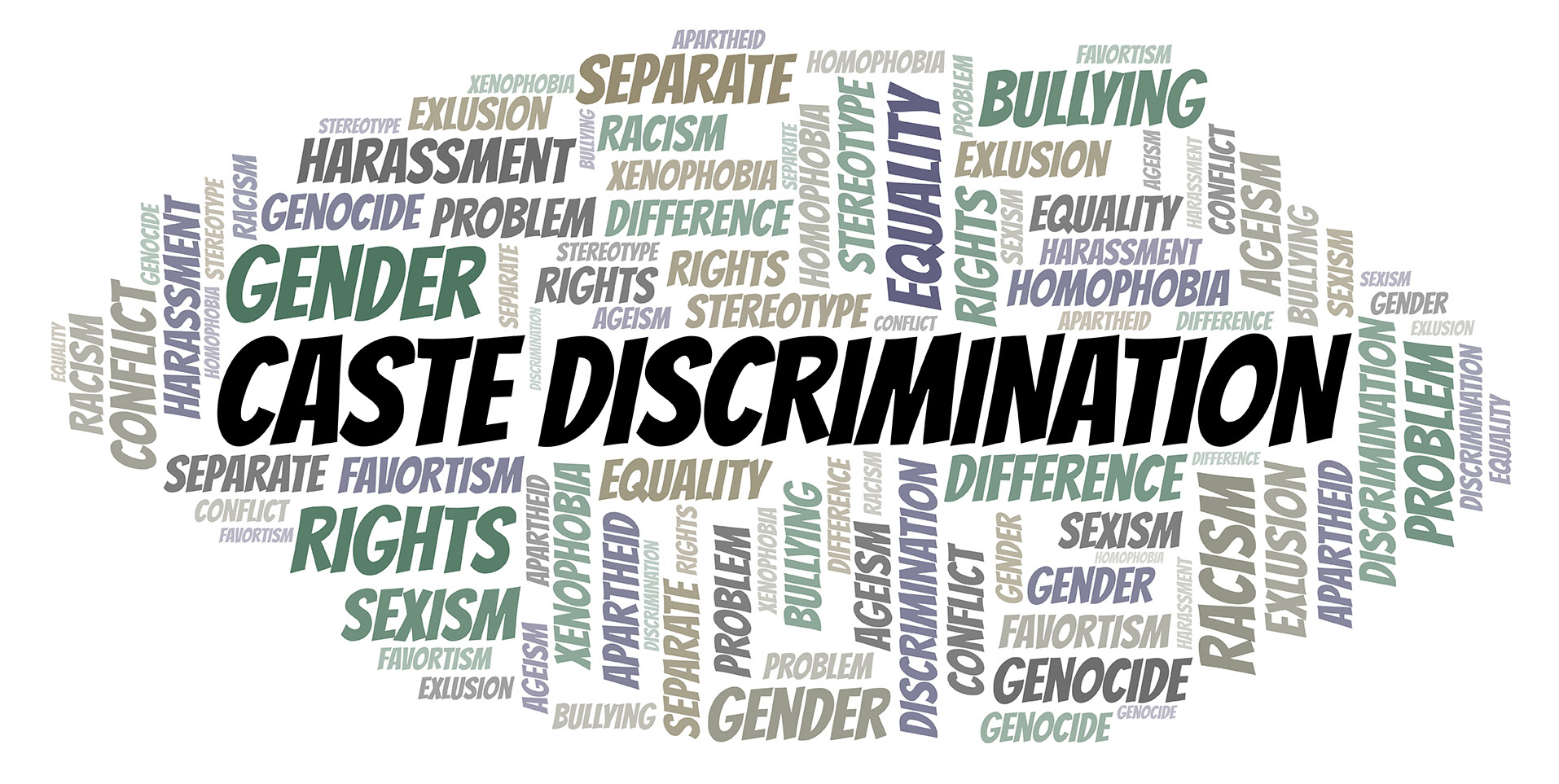
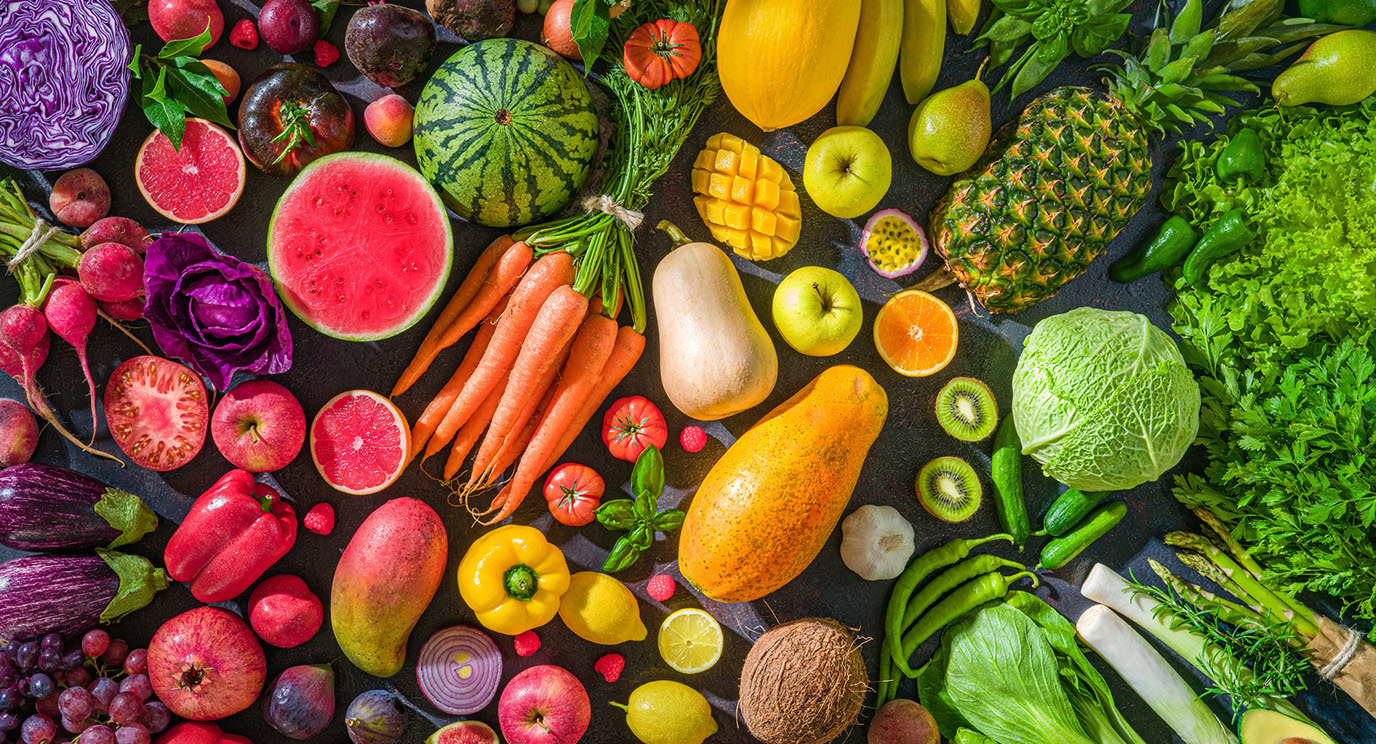


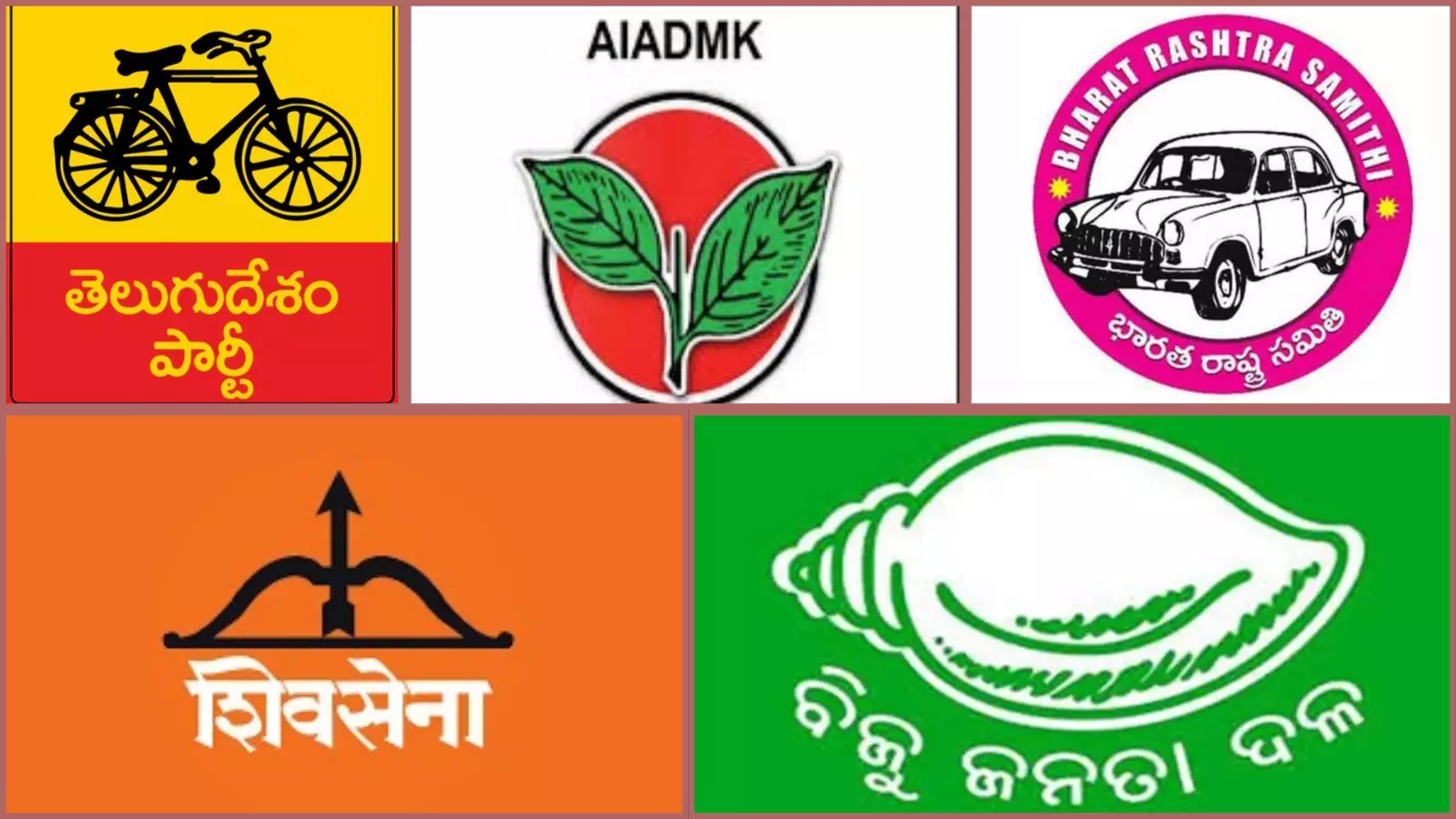

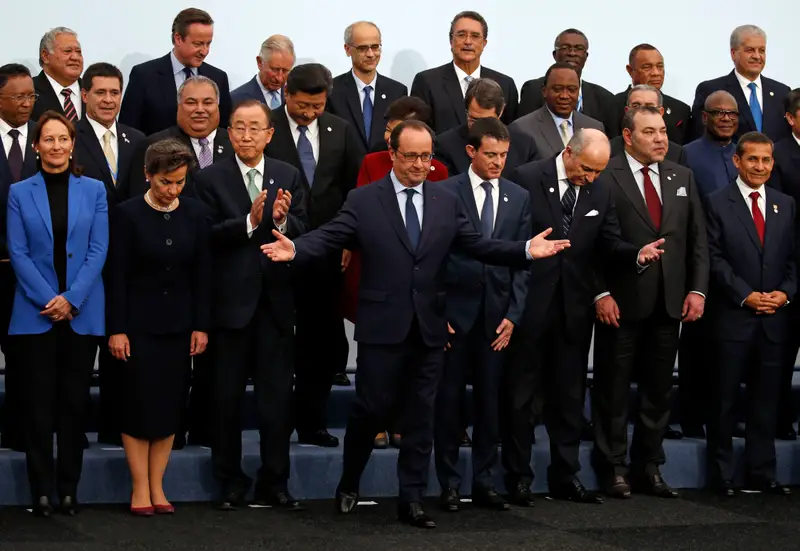
Recent Comments
No comments yet.